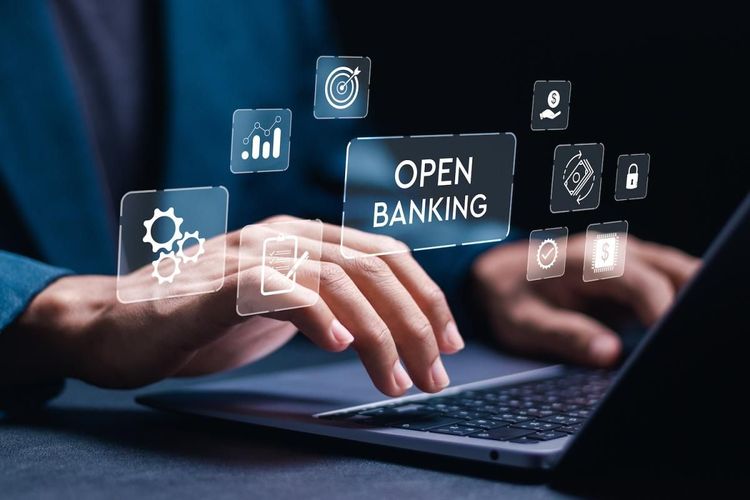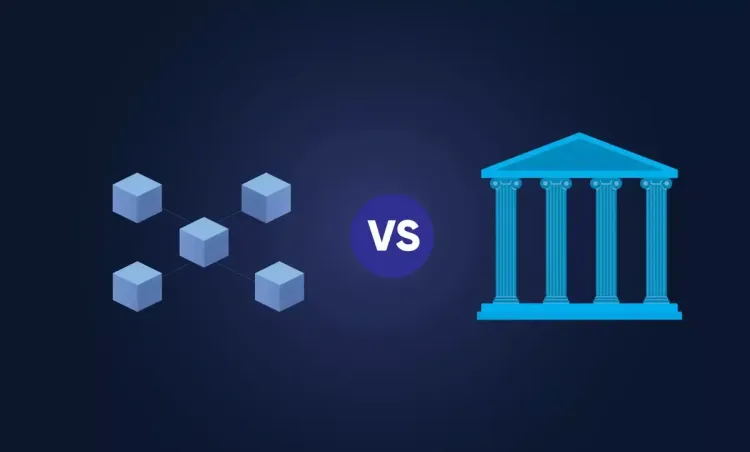In the last few decades, the financial world has been exceptionally transformed, the most important being the development of financial technology, or fintech. Fintech is at the forefront of changing the dynamics of the marketplace by providing financial services that are competitively priced and accessible to those in need. Unlike traditional financial systems, in which many customers went either unserved or completely neglected, this inclusive innovation serves a very important purpose. Let's delve deeper into how fintech is addressing financial inclusion and its significance in the current era.
The Financial Inclusion Gap: What Is It?
Access to useful financial services like savings accounts, insurance, payments, and credit is what financial inclusion means. The World Bank reports that around 1.4 billion adults around the globe do not possess a bank account and are therefore considered unbanked. Possessing an account makes it easier to do business. These individuals typically face major challenges like high transaction costs, a lack of financial education, and poor infrastructure in outliers. Because of operational costs and risk factors, those issues pose a challenge to traditional banks. Fintech plays a crucial role in addressing these challenges. Fintech is bridging the financial inclusion gap by utilising mobile technology, analytics, and cloud computing to bring services to people who have been left behind.
Mobile Banking: A Revolution in Financial Inclusion
Mobile banking has been one of the most important evolutions in fintech. The advent of mobile phones allowed billions of people without physical access to bank branches to manage their finances on the go. In developing nations, mobile banking offered through M-Pesa in Kenya has changed the way people send and receive money. Mobile banking removes the elaborate structures of traditional banking, which are costly. Instead, mobile phone users can deposit, withdraw, transfer funds, and even request loans from anywhere at any time. This shift of access to financial services from traditional infrastructures to mobile phones has empowered small business owners, farmers, and individuals in economically challenged regions to engage in productive activities.
Digital Wallets: Facilitating Daily Payments Seamlessly
With digital wallets like PayPal, Venmo, and Google Pay, how we handle money has completely shifted. They are more than just convenient tools; for people who do not have access to traditional banking, these wallets serve a deeper purpose. People are now able to store money, pay for goods and services online, and even receive payments like salaries all through their phones. Wallets serve as an easy entry point for folks to access financial services. For a lot of freelancers and gig workers, these wallets are extremely essential. They use mobile phones for fast and secure payments and receiving bills, which in turn helps people who do not own any bank accounts.
Peer-to-Peer Lending: Changing the Way You Get Credit
Lending has always involved a lot of paperwork, credit checks, and solicitors, which makes it tedious. This has now changed with the emergence of peer-to-peer (P2P) lending through platforms like LendingClub and Funding Circle. Now, borrowers can directly connect with lenders and avoid the middlemen to lower the costs of borrowing. These P2P lending platforms provide businesses and people from under-resourced communities a chance to get funds for capital. With the ability to get credit, people can now start businesses or even manage emergencies that were previously out of reach for a lot of people.
Blockchain Technology: A Trust Builder for Financial Systems
Blockchain technology has recently grown so popular that only a few people know about its benefits for financial inclusion. It offers people and businesses in those economies with nominal confidence in established banking systems a clear and safe way to conduct transactions. Cross-border payments and remittances are already being made cheaper with the usage of cryptocurrencies such as Bitcoin and Ethereum. In addition, blockchain also allows the fringe creation of decentralised finance (DeFi), which are financial services that do not rely on traditional financial institutions. Everything from loans, deposits, and even insurance services can be offered in a trustless way, and these systems can operate without intermediaries.
Microfinance and Fintech: A Complementary Couple
Microfinance is an established concept for poverty alleviation through giving small loans to people without access to traditional credit. Technology through fintech is improving the outreach and efficiency of microfinance institutions. For instance, lending platforms like Kiva allow people to lend money via crowdfunding to borrowers around the world. Using mobile applications and online platforms enables borrowers to conveniently apply for and manage loans, while lenders can see how their money impacts the borrowers in real-time. The combination of microfinance and fintech is enhancing financial inclusion in astonishing ways.
AI and Data Analytics:
AI and data analytical tools are enabling fintech firms to analyse and manage their clients much more effectively. Using mobile engagement metrics, credit card purchases, and social network activity, fintech platforms are able to build tailored solutions. With the help of AI, users can now get assistance through chatbots and virtual assistants that facilitate the user’s interaction with financial products and services. Such tools are particularly useful for low-income individuals who are often overwhelmed by complex systems and decision-making
Education and Financial Literacy: Dealing with The Gap
Having the services at your disposal is one thing, but being able to engage with them in a productive manner is equally challenging. Many fintech companies are tackling this problem through educational campaigns. Investment platforms such as Acorns and Stash aid in investment and simultaneously teach users the concepts of saving and financial planning. By increasing the customer intellect, these firms are ensuring that the financial inclusion they are fostering culminates in financial freedom.
The Role of Governments and Partnerships:
Financial technology alone is insufficient to enable financial access. Nonprofit organisations and the private sector have to work together to establish an environment that is conducive to this goal. There needs to be a balance of policies that stimulate innovation and enable consumer protection. Joint ventures like those between fintech start-ups and established banks are also helping to close the divide by integrating technology and finance.
Weaknesses of Fintech Concerning Financial Accessibility:
Fintech is full of possibilities, but it has its own set of challenges. The lack of an adequate framework to protect personal data and the risk of cyber crimes are hurdles that can stall progress. Additionally, low levels of poverty and a lack of infrastructure will remain insurmountable hurdles impacted solely by technology. To minimise their impact on neglected populations, these corporations need to ensure that they tackle these obstacles head-on.
Prospects of Fintech and Financial Inclusion:
The lack of financial inclusion is a gap that is ever present, and so does the journey of financiers. The outset of advanced technologies such as artificial intelligence, blockchain, and the Internet of Things (IoT) is going to further advance the revolution. As technology is on the rise, the best call for action is to focus on the scalability of factors of disadvantage so that equal ground can be provided. While that is possible, there needs to be this unity coming from all directions, whether it be people, governments, or fintech companies, to make the future bright.
Conclusion:
Fintech, both as a business solution and as a movement, is leading to the creation of products that push for inclusivity. With the use of mobile devices, AI, and blockchain coupled with unique business plans, financial opportunities that have always been accessible to millions are being made available. To disinfect, this inclusion creates economic growth and a decrease in poverty while empowering individuals globally. Nonetheless, we need to stay focused, as share power determination is vital when solving financial exclusion issues. When undergoing innovations such as this one, special attention should be paid to the fact that everyone has to be included in the process.




